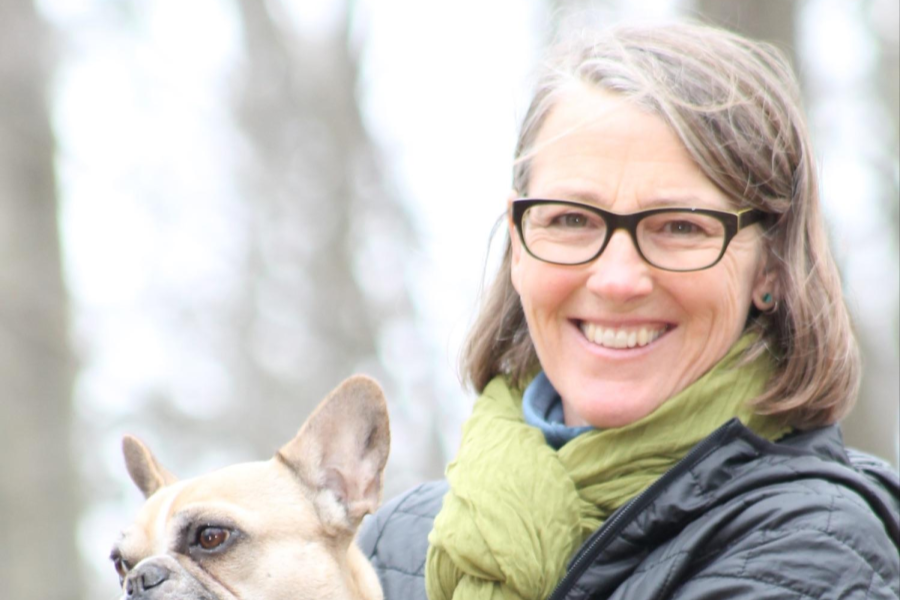
About 5% of the U.S. population experiences seasonal depression — also known as the "winter blues" — a subtype of depression that typically occurs when the seasons change. It most commonly affects people starting in the fall and continues into the winter months.
Jeannie Larson with the University of Minnesota talks about what causes seasonal depression, its symptoms and what people can do to lessen the symptoms.
Q: What causes seasonal depression?
Prof. Larson: Essentially seasonal affective disorder (SAD) is caused by a reduced level of sunlight beginning in the fall and continues through the winter months. This change of daylight may affect a person’s serotonin level, thus impacting mood. Research suggests lower levels of serotonin are linked to depression.
Q: How common is seasonal depression?
Prof. Larson: A study done in 2013 found the prevalence of SAD approaches 10% in northern latitudes, which makes sense because the further one is from the equator, the lesser amount of sunlight. On average, about 5% of the U.S. population experiences seasonal depression depending on geographical region. There is a higher rate of SAD among women and, on average, people start to feel the effects of SAD between 20-30 years old.
Q: What are the symptoms of seasonal depression?
Prof. Larson: According to the Mental Health America National Organization, symptoms of seasonal depression can be similar to those that occur with depression. It can sometimes be difficult to discern SAD from other types of depression. However, keeping in mind there are similarities, a diagnosis of seasonal depression can only be made after two consecutive occurrences of depression that begin and end at the same time every year, with the symptoms subsiding the rest of the year.
However, there are symptoms associated with SAD such as:
- Depression: misery, guilt, loss of self-esteem, hopelessness, diminished interest in activities, despair and apathy.
- Anxiety: tension and inability to tolerate stress.
- Mood changes: extremes of mood and, in some, periods of mania in spring and summer.
- Sleep problems: desire to oversleep and difficulty staying awake or, sometimes, disturbed sleep and early morning waking.
- Change in eating habits: carbohydrate craving, increased appetite and weight gain.
- Lethargy: feeling of fatigue and inability to carry out normal routine.
- Social problems: irritability and desire to avoid social contact.
- Sexual problems: loss of libido and decreased interest in physical contact.
Q: How has COVID made seasonal affective disorder worse?
Prof. Larson: Even though people have been managing stress from COVID-19 for a while now, research suggests the rate of depression has tripled since the pandemic. That said, the beginning symptoms of SAD may exacerbate the pre-existing stressors from COVID making one less capable of dealing with issues then one might have been able to before. In other words, the symptoms may worsen as the person enters into the winter season, already feeling stressed from the pandemic, compounding their feelings of being stressed, isolated and/or more anxious than in the past.
Q: What are you doing to advance knowledge on seasonal depression?
Prof. Larson: I’m part of an interdisciplinary team of scientists in the Department of Epidemiology and the Department of Forestry looking at the effects of walking within green and suburban environments on participants’ psychological (e.g., anxiety and mood) and cognitive (e.g., directed-attention) outcomes.
Jeannie Larson is assistant professor in the Earl E. Bakken Center for Spirituality & Healing and manages the Nature-based Therapeutic Services at the Minnesota Landscape Arboretum of the University of Minnesota. Her areas of expertise include therapeutic horticulture, animal assisted interactions, therapeutic landscapes and more.
-30-
About “Talking...with U of M”
“Talking...with U of M” is a resource whereby University of Minnesota faculty answer questions on current and other topics of general interest. Feel free to republish this content. If you would like to schedule an interview with the faculty member or have topics you’d like the University of Minnesota to explore for future “Talking...with U of M,” please contact University Public Relations at [email protected].
- Categories:
- Health




